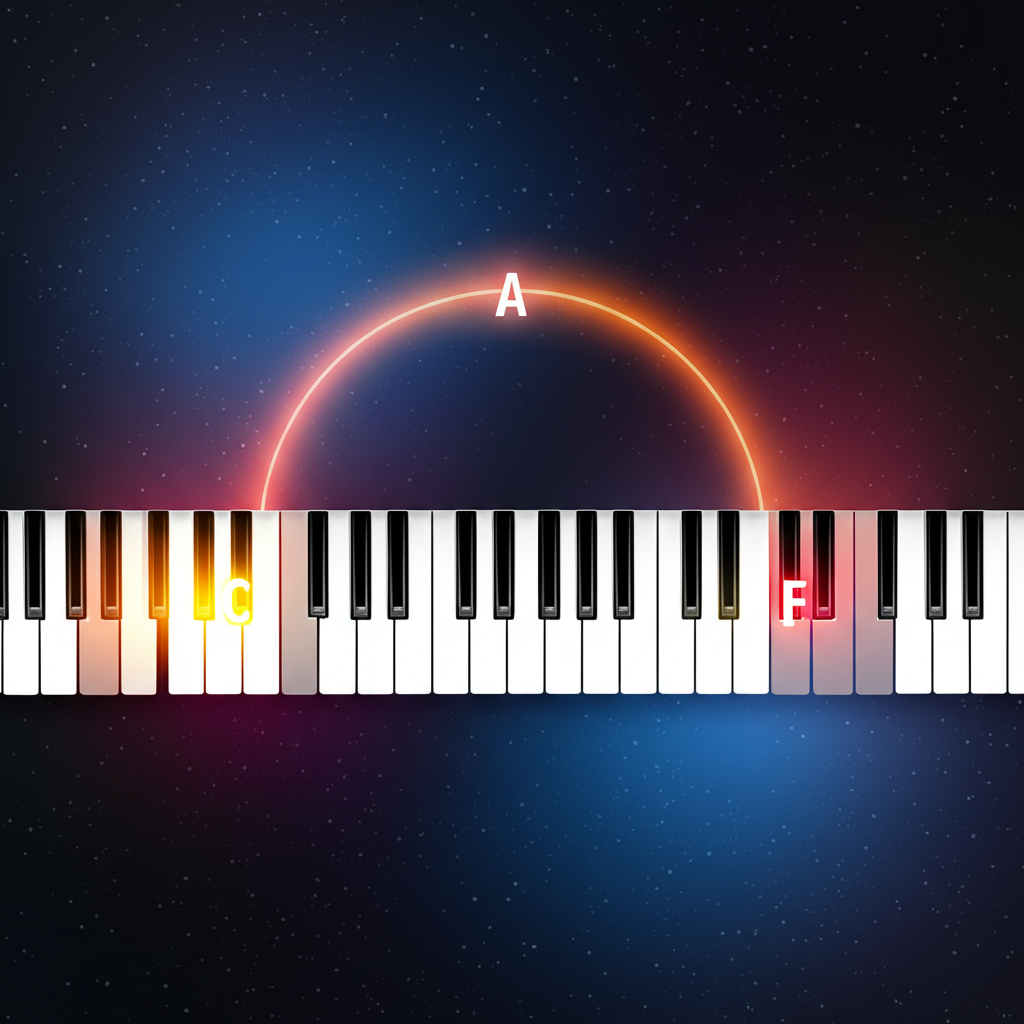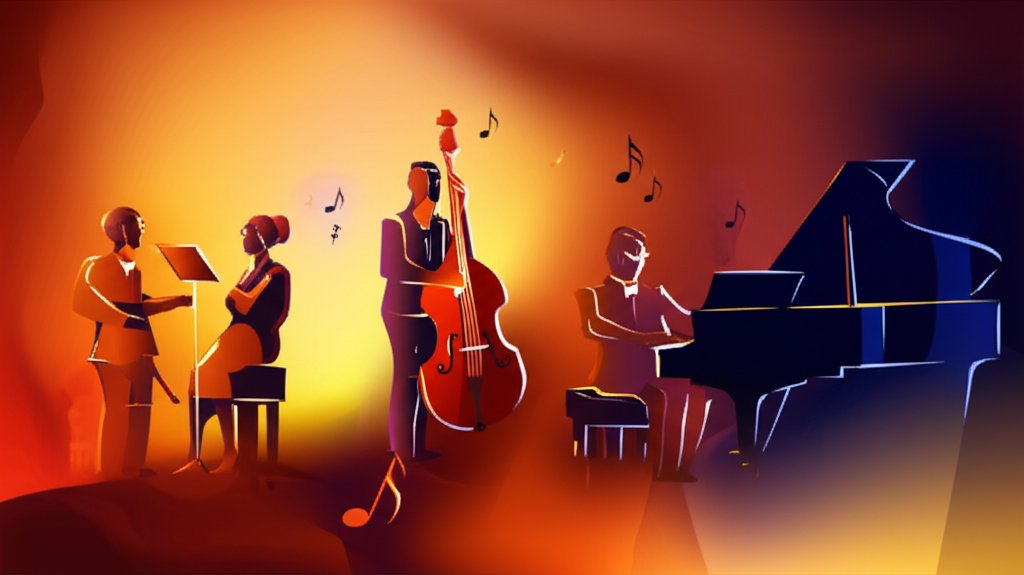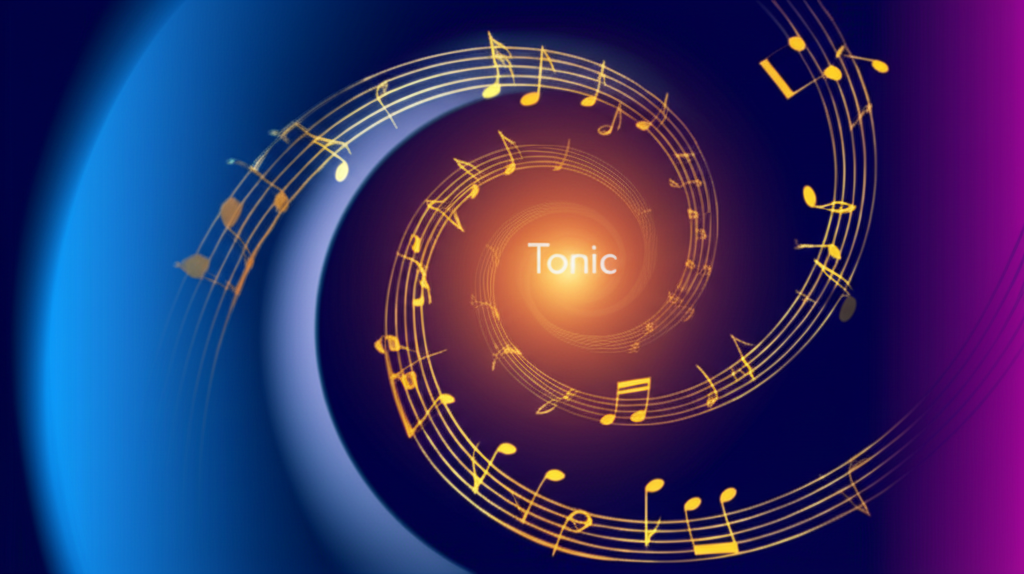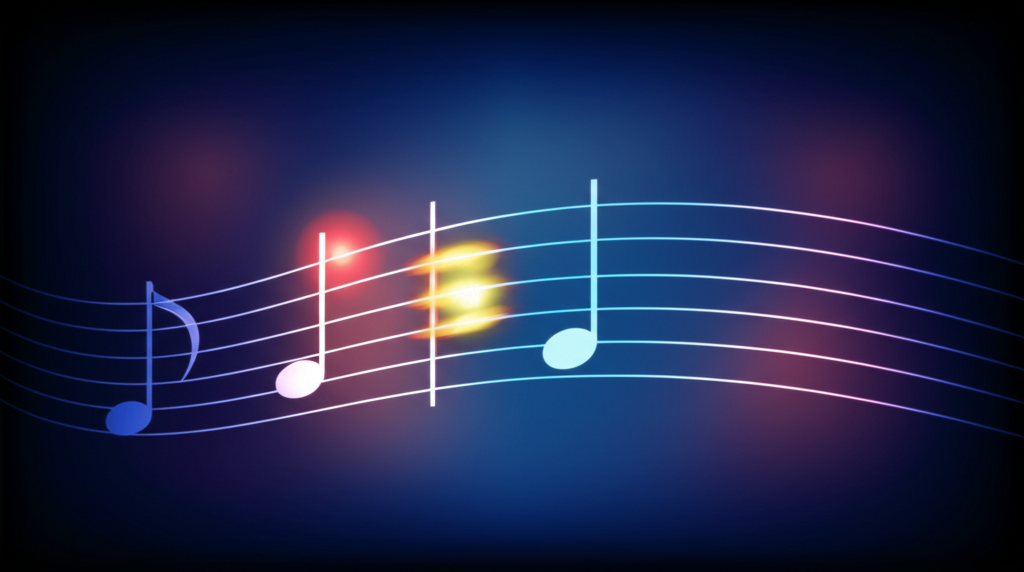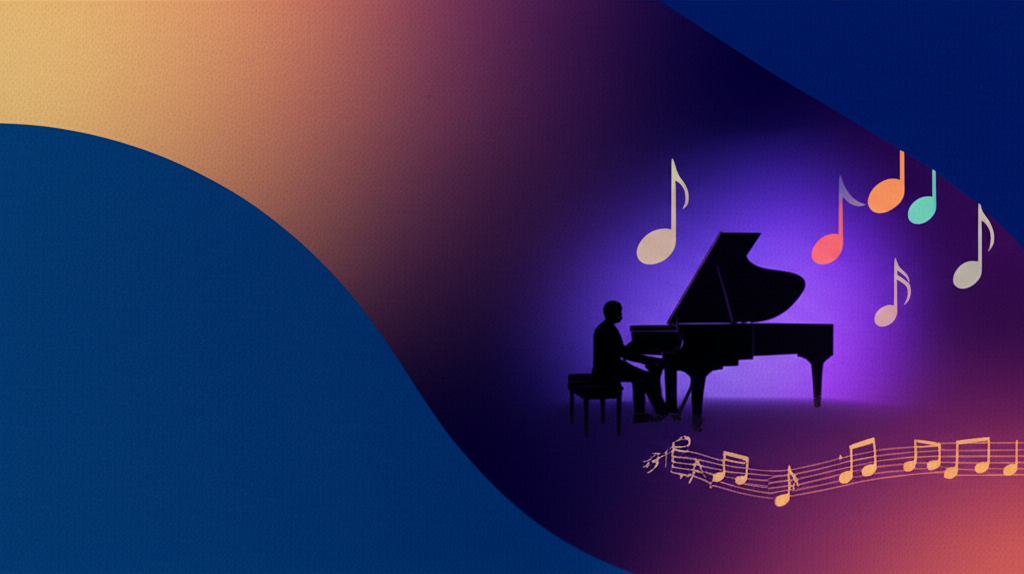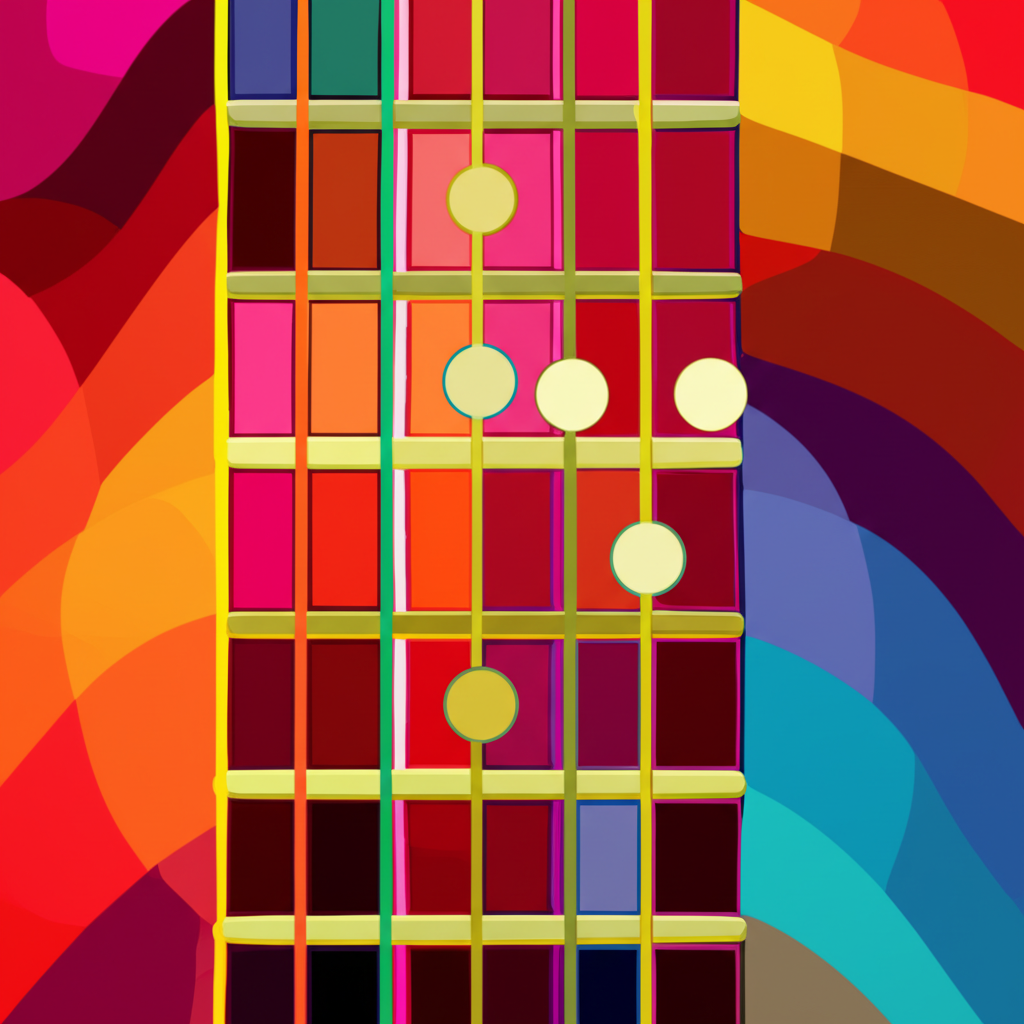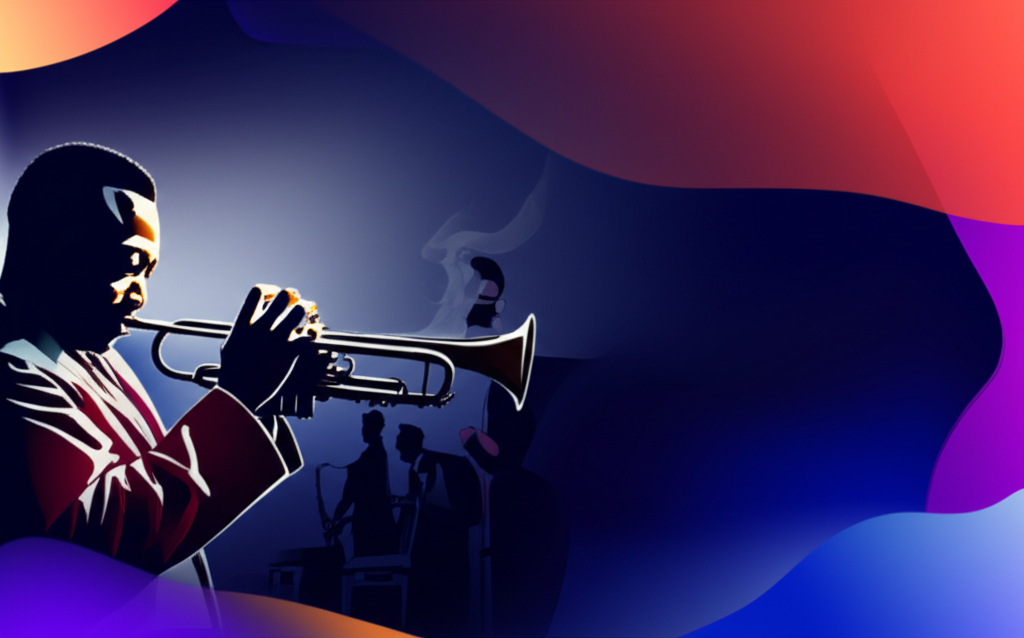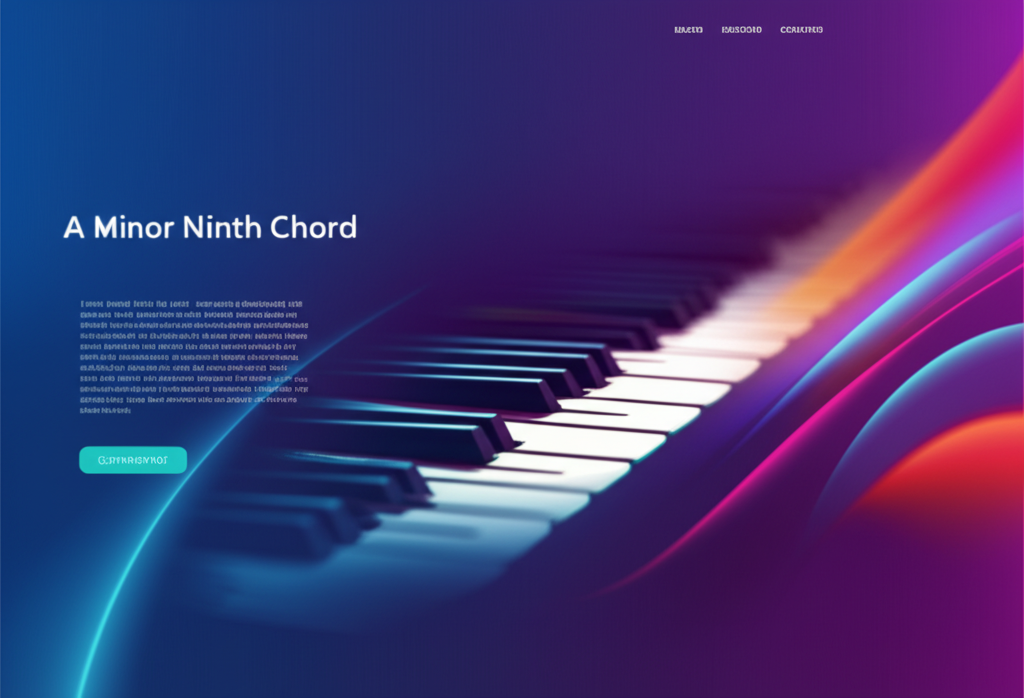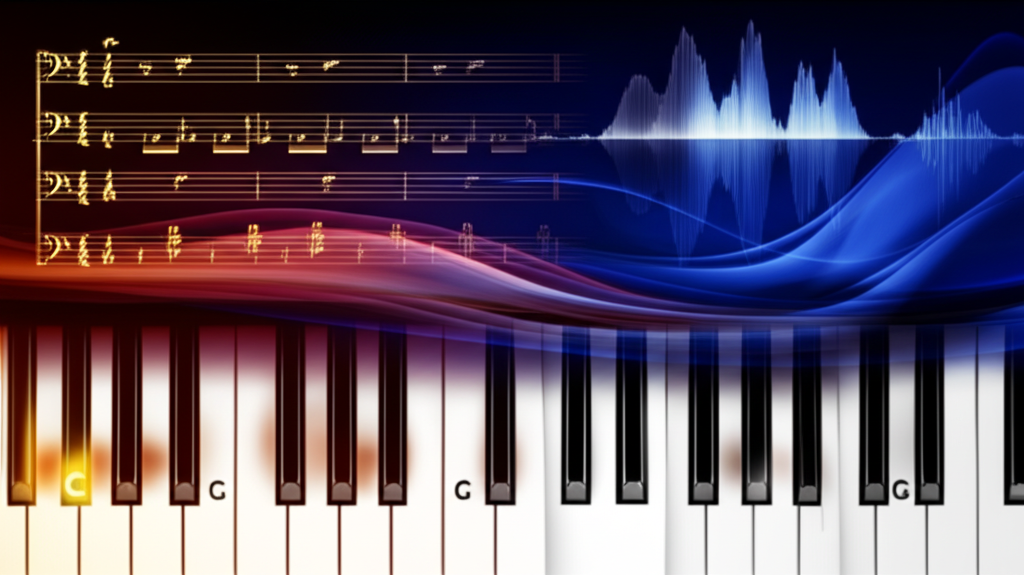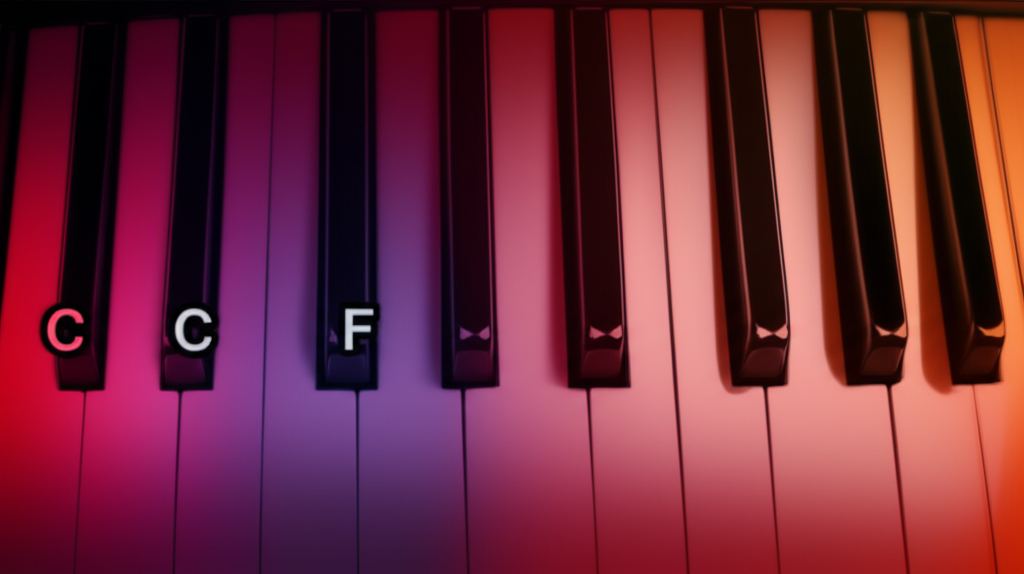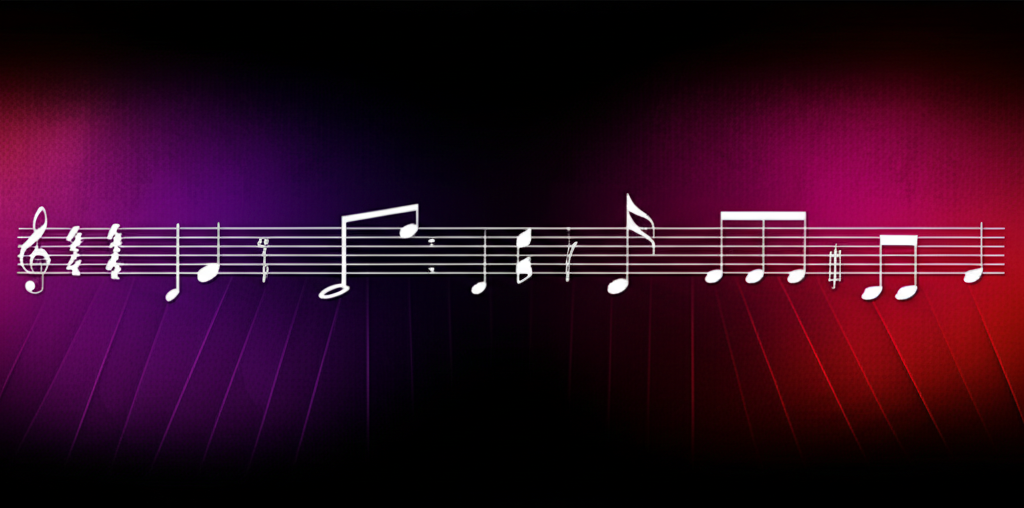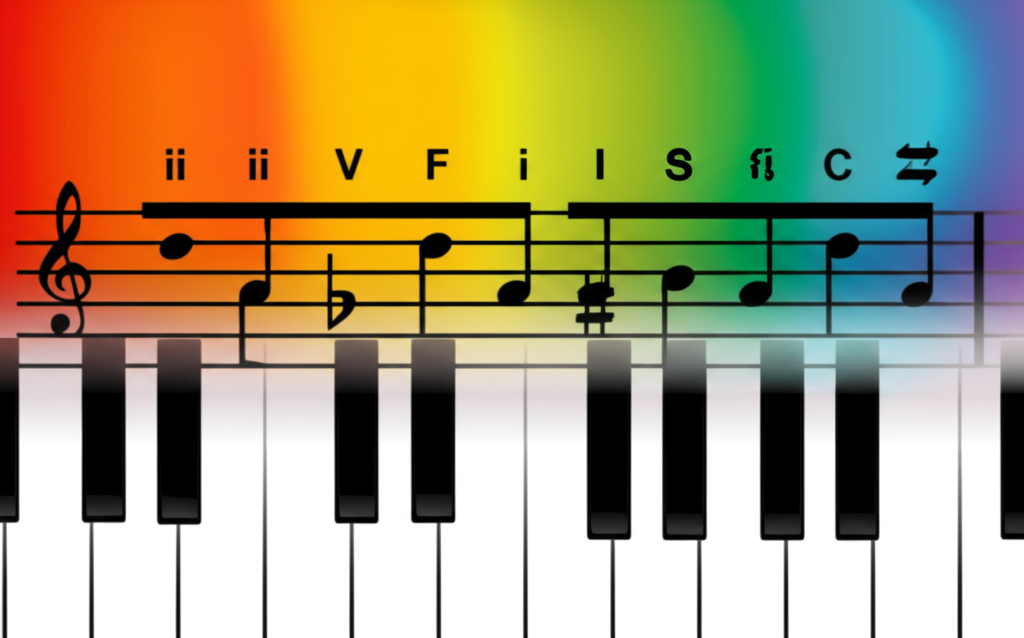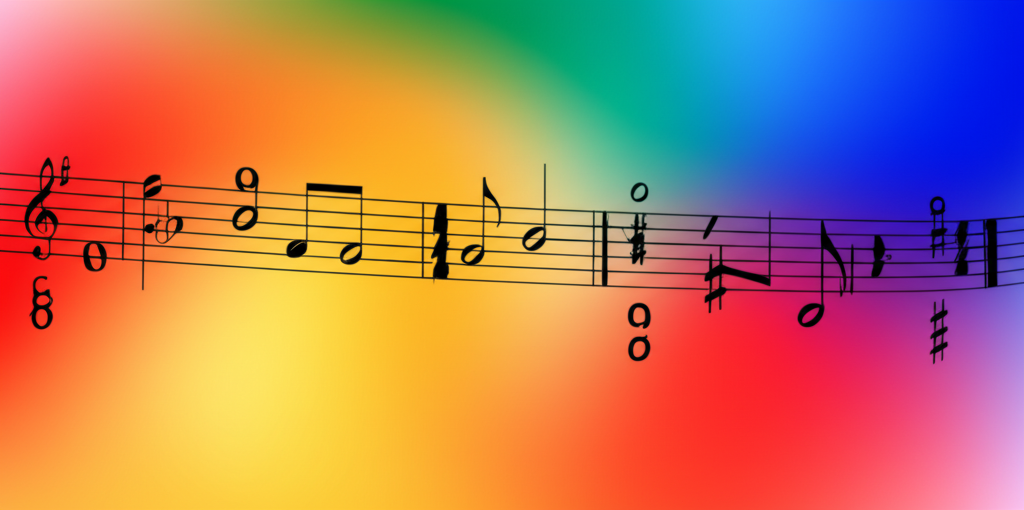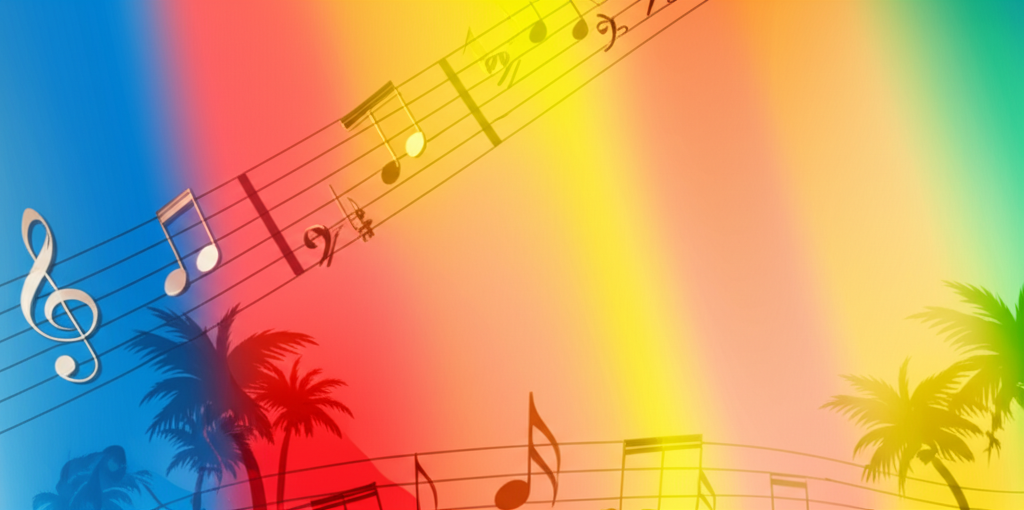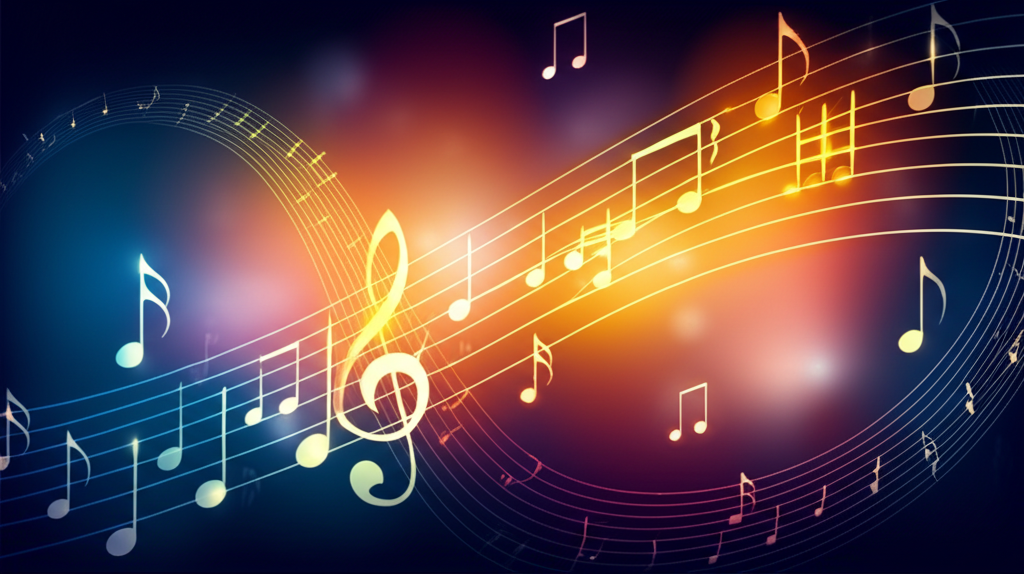
Minor Major Seventh Chord: The Mysterious Harmony

b4n1
June 14, 2025, 7:04 p.m.
Minor Major Seventh Chord: The Mysterious Harmony
Summary:
The minor major seventh chord (mMaj7) is a unique and sophisticated harmony that combines the melancholic quality of a minor triad with the bright tension of a major seventh interval. This distinctive chord creates an intriguing sound that is both haunting and beautiful, making it a favorite among jazz musicians and contemporary composers.
Keywords:
minor major seventh, mMaj7, harmonic minor, jazz harmony, chord construction, tension and resolution, contemporary music, sophisticated harmony
Introduction:
In the vast landscape of musical harmony, few chords possess the mysterious and compelling character of the minor major seventh chord. This fascinating harmonic structure defies conventional expectations by combining seemingly contradictory elements: the darkness of a minor triad with the brightness of a major seventh. The result is a sound that is simultaneously melancholic and hopeful, creating an emotional complexity that has captivated musicians for generations.
Definition and Classification:
A minor major seventh chord consists of four notes: the root, minor third, perfect fifth, and major seventh. The chord formula is 1-♭3-5-7. This unique combination creates a chord that belongs to the minor chord family but incorporates the major seventh interval that typically characterizes major seventh chords.
Chord Construction:
- Root: The foundation note of the chord
- Minor Third: Three semitones above the root (♭3)
- Perfect Fifth: Seven semitones above the root (5)
- Major Seventh: Eleven semitones above the root (7)
Examples:
C Minor Major Seventh Chord:
The C minor major seventh chord (CmMaj7) contains the notes C - E♭ - G - B.
Common Minor Major Seventh Chords:
Here are several minor major seventh chords in different keys:
Practical Applications:
The minor major seventh chord appears frequently in jazz standards, film music, and contemporary classical compositions. It often functions as the tonic chord in harmonic minor progressions and creates a sophisticated sound in ballads and introspective pieces. The chord is particularly effective when used in the context of the harmonic minor scale, where it naturally occurs as the i chord.
Common Uses:
- Jazz Ballads: As a sophisticated tonic or subdominant chord
- Film Scores: To create mysterious or contemplative moods
- Bossa Nova: In subtle harmonic progressions
- Contemporary Classical: For modern harmonic color
Historical Figures:
Bill Evans, the legendary jazz pianist, was particularly fond of minor major seventh chords and used them extensively in his harmonic vocabulary. His delicate touch and sophisticated chord voicings brought new life to this harmony in recordings like "Waltz for Debby." Classical composers such as Maurice Ravel and Claude Debussy also explored similar harmonic territories in their impressionistic works, though they approached these sonorities from a different theoretical perspective.
Fun Facts:
The minor major seventh chord is sometimes called the "Hitchcock chord" because of its frequent use in suspenseful film scores. The chord creates an immediate sense of unease and mystery, making it perfect for psychological thrillers. Interestingly, this chord naturally occurs as the first chord of the harmonic minor scale, making it theoretically inevitable once that scale system was established.
Voice Leading and Inversions:
Inversions of CmMaj7:
Conclusions:
The minor major seventh chord represents one of harmony's most intriguing paradoxes, combining opposing emotional qualities to create something entirely unique. Its sophisticated sound and emotional complexity make it an essential tool for any musician seeking to expand their harmonic palette. Whether used in jazz, classical, or contemporary music, this chord continues to fascinate listeners with its mysterious and beautiful character. Understanding and incorporating minor major seventh chords into your musical vocabulary will undoubtedly enhance your ability to express complex emotions through harmony.
References:
Levine, Mark. (1995). The Jazz Theory Book. Sher Music Co.
Persichetti, Vincent. (1961). Twentieth-Century Harmony. W. W. Norton & Company.
Evans, Bill. (1961). Waltz for Debby. Riverside Records.
Kostka, Stefan & Payne, Dorothy. (2012). Tonal Harmony. McGraw-Hill.
